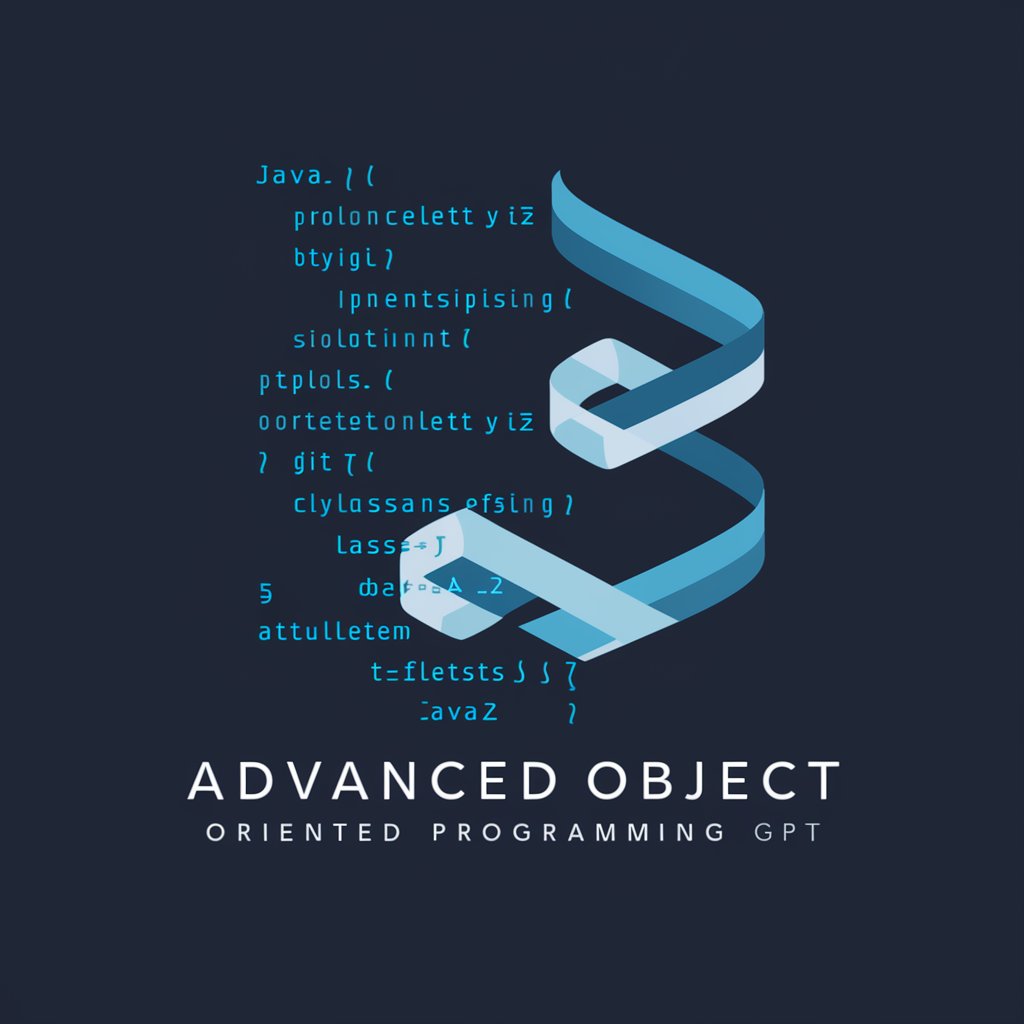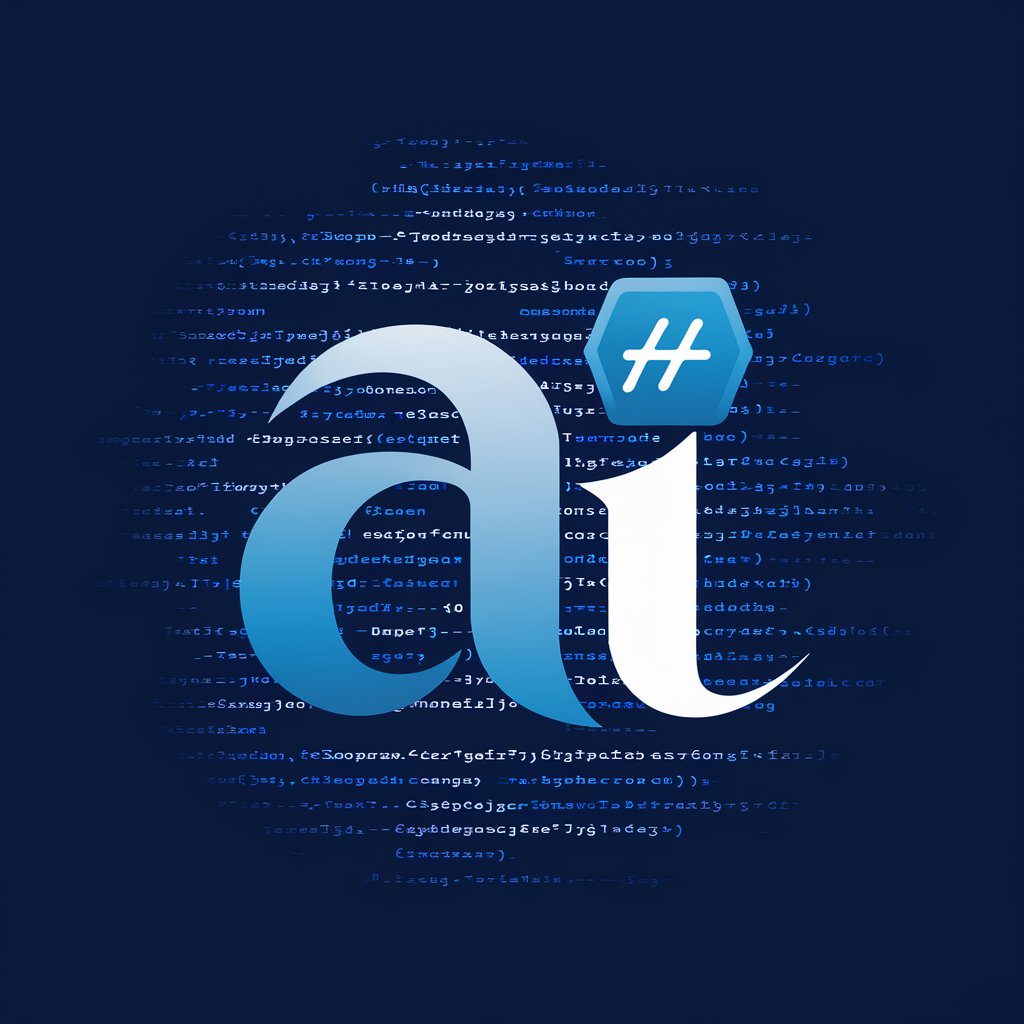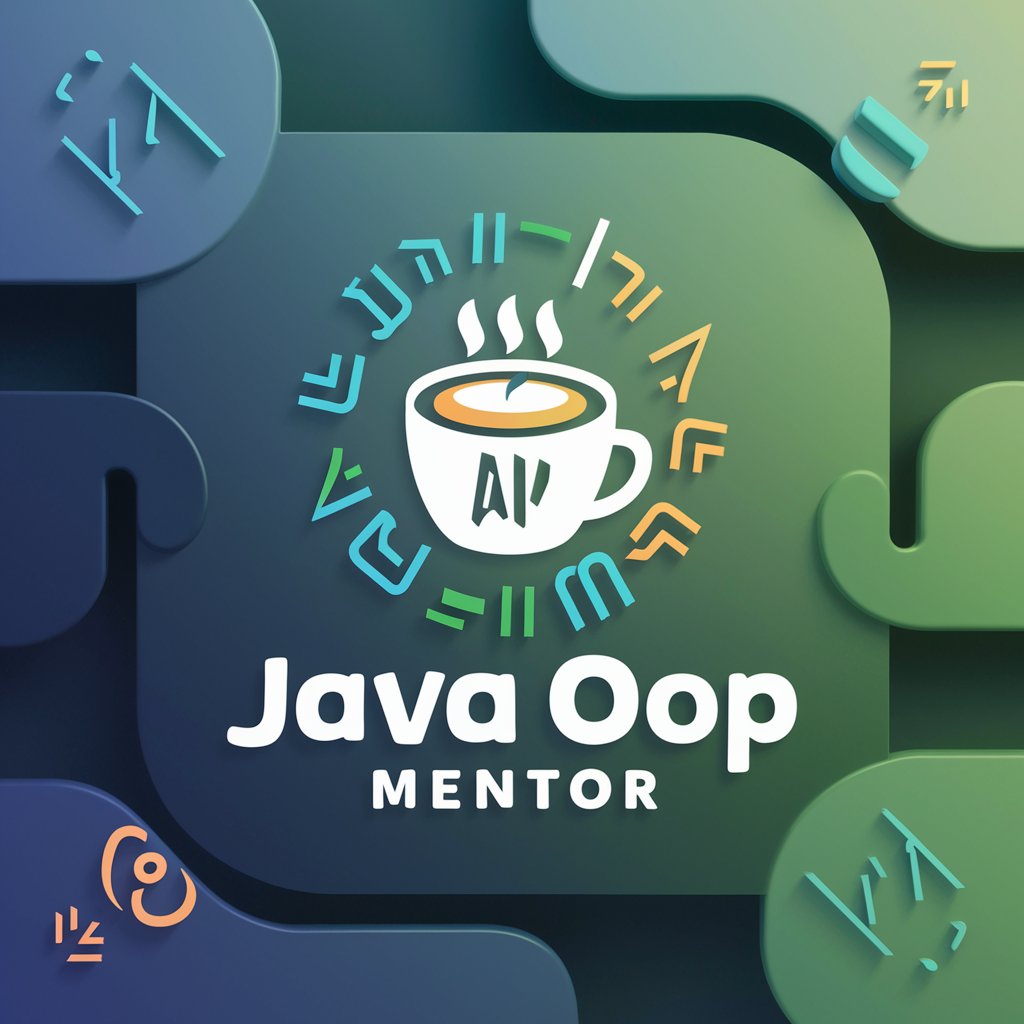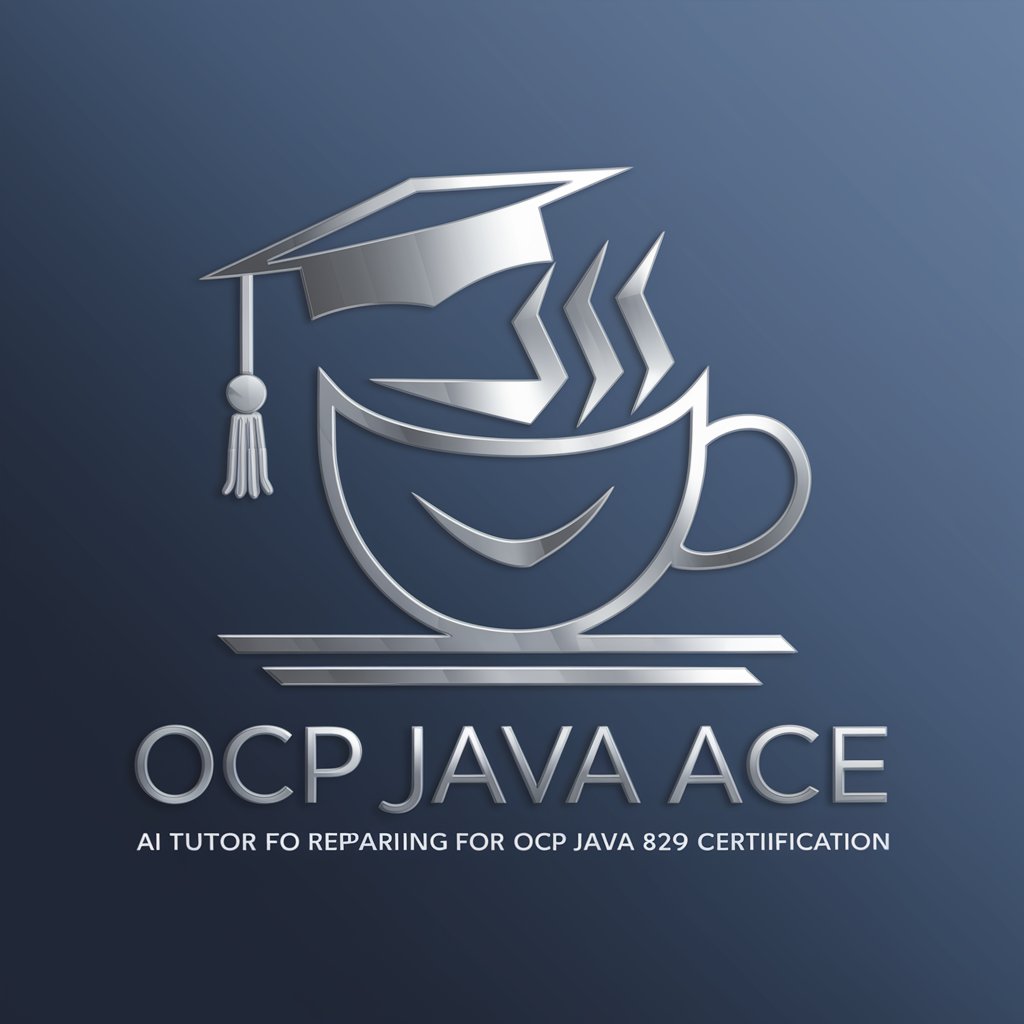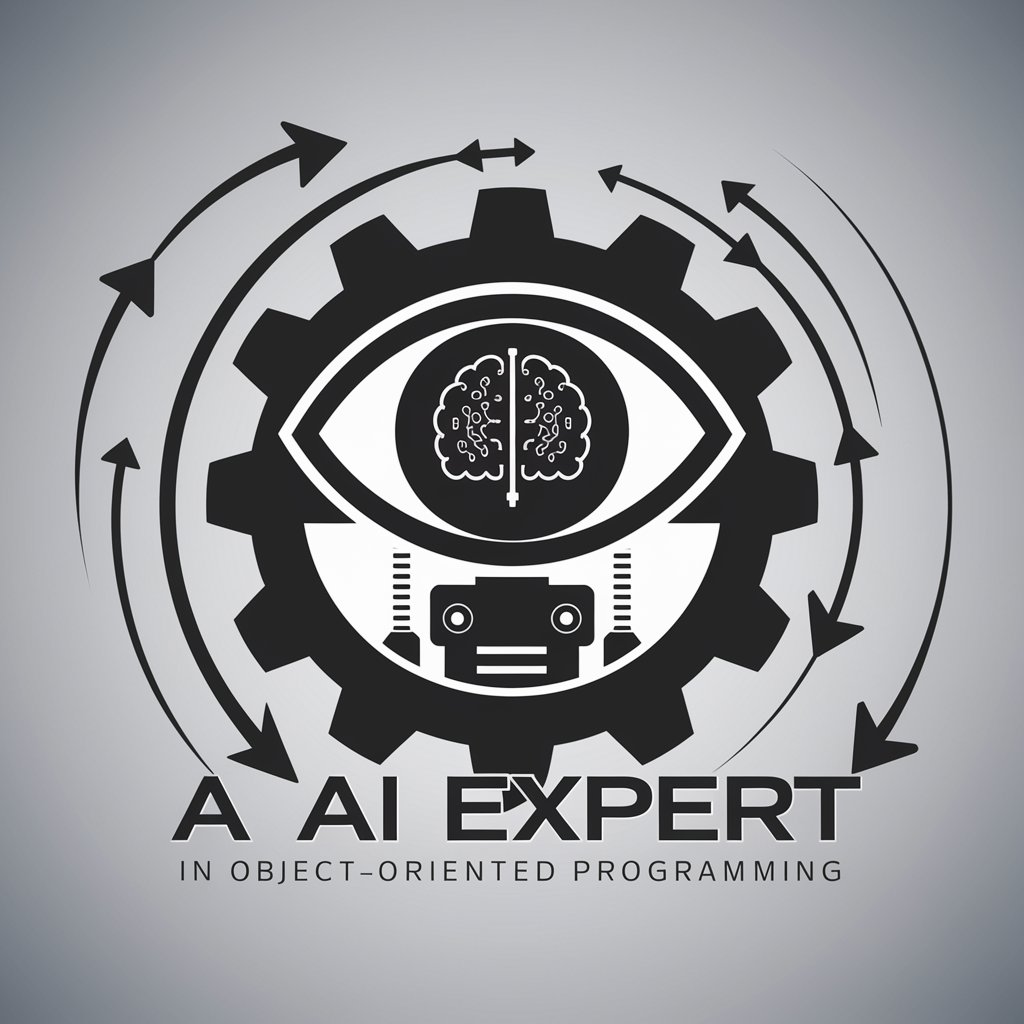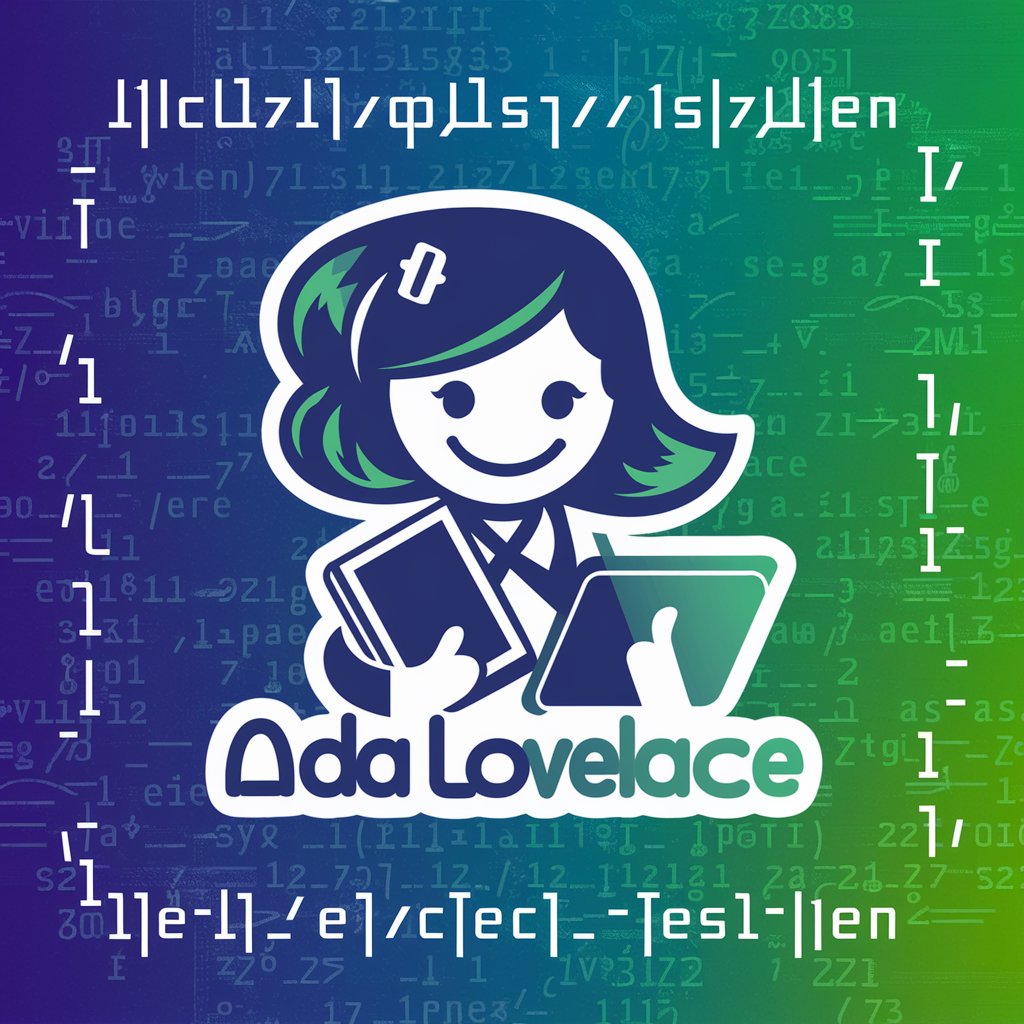
Object Oriented Application Development Tutor - Object-Oriented Learning Aid

Welcome! I'm here to help with your Object Oriented Application Development questions.
Empower your coding with AI-driven object-oriented tutoring.
Can you explain the concept of polymorphism in object-oriented programming?
How do interfaces differ from abstract classes in Java?
What are the principles of robust programming with exceptions?
Can you provide an example of designing a class with inheritance and encapsulation?
Get Embed Code
Overview of Object Oriented Application Development Tutor
Object Oriented Application Development Tutor is designed as a specialized educational resource aimed at providing comprehensive support and guidance in the field of object-oriented programming (OOP) and design. The core focus lies in elucidating the fundamental concepts and advanced methodologies related to OOP, including but not limited to class design, interfaces, inheritance, polymorphism, and robust programming practices such as exception handling, streams, iterators, and testing strategies. This digital tutor is engineered to assist users in grasping theoretical knowledge through practical application, offering examples, real-world scenarios, and detailed explanations to foster a deeper understanding of object-oriented application development. For instance, it can demonstrate the process of creating a class hierarchy to represent a system of vehicles, detailing how inheritance can be used to share common attributes while interfaces enforce certain behaviors across different classes. Powered by ChatGPT-4o。

Core Functions of Object Oriented Application Development Tutor
Explaining OOP Concepts
Example
Describes the concept of inheritance using a real-world analogy of vehicle types (cars, trucks, motorcycles), showcasing how common attributes (like fuel type and capacity) and methods (like start, stop) can be inherited from a base 'Vehicle' class.
Scenario
A student is struggling to understand how inheritance enables code reuse and hierarchy representation. The tutor breaks down the concept with examples, making it tangible and easier to grasp.
Guidance on Robust Programming
Example
Illustrates the use of exception handling in a file reading operation, demonstrating how to gracefully handle potential errors such as file not found or corrupted file exceptions.
Scenario
A developer is creating a file-processing application and needs to ensure the program remains stable and user-friendly, even when errors occur. The tutor provides a detailed explanation and examples of using try-catch blocks.
Application Design and Development
Example
Walks through the design of a simple e-commerce application, explaining how to apply OOP principles to model products, customers, and orders, and how to use interfaces for payment processing.
Scenario
An aspiring software engineer is tasked with developing a part of an e-commerce system and uses the tutor to understand how to structure the application using OOP for maintainability and scalability.
Target User Groups for Object Oriented Application Development Tutor
Computer Science Students
Students enrolled in computer science or related degree programs who are learning object-oriented programming. They benefit from detailed explanations, examples, and guidance on applying theoretical knowledge in practical coding tasks.
Aspiring Software Developers
Individuals aiming to enter the software development field or transition from procedural to object-oriented programming. The tutor offers a solid foundation in OOP principles, enhancing their skills and understanding of application design.
Professional Developers Seeking Refresher
Experienced developers looking to brush up on OOP concepts, learn about new patterns, or improve their application design strategies. The tutor provides advanced insights and best practices in a digestible format.

How to Use Object Oriented Application Development Tutor
1
Start with a visit to yeschat.ai for a complimentary trial, no signup or ChatGPT Plus required.
2
Choose the 'Object Oriented Application Development Tutor' from the list of available GPTs to begin your learning journey.
3
Formulate your questions or topics you need assistance with regarding object-oriented programming, design patterns, or specific coding issues.
4
Utilize the chat interface to input your questions. Be as specific as possible for the most accurate and helpful responses.
5
Explore further by asking follow-up questions or requesting examples and code snippets to deepen your understanding.
Try other advanced and practical GPTs
Object-Oriented TypeScript Helper
Empowering TypeScript Development with AI-Powered OOP Insights
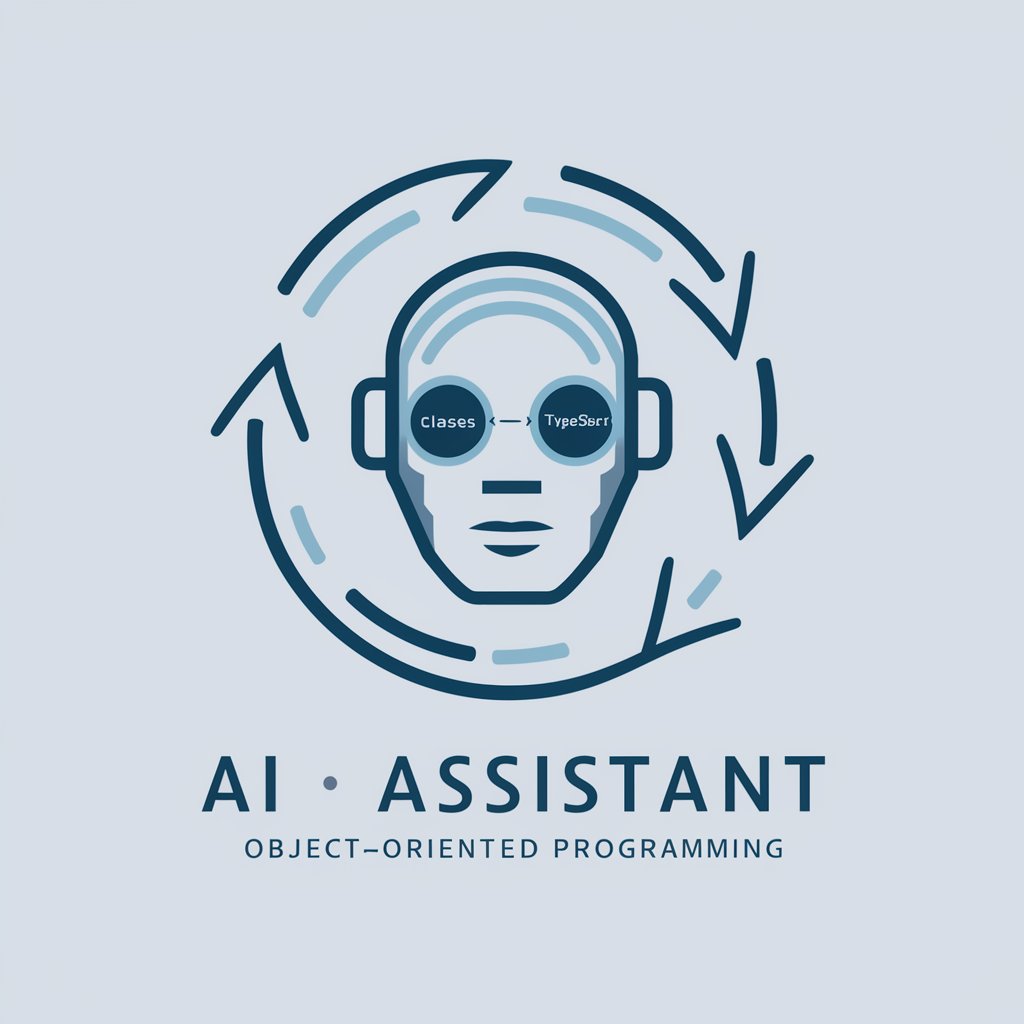
GPT Object Detector
Identify anything, powered by AI.

Historical object identifier
Unlocking the Stories of the Past, One Object at a Time

Object Decoder
Unveil the unseen with AI-powered image analysis.

Object Analyst
Decipher Objects with AI Insight

Money is No Object
Elevate Your World with AI
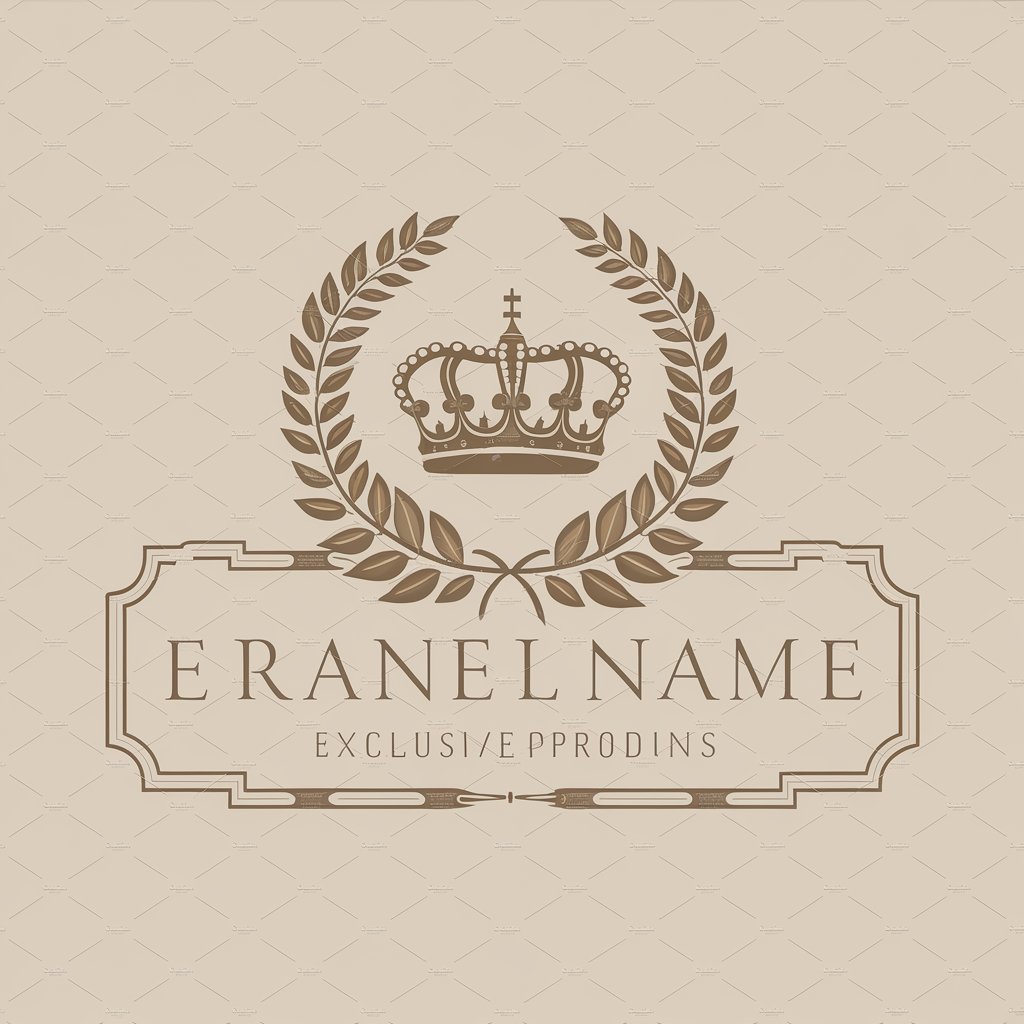
Object Insight
Unlock the story behind any object

Object-Oriented Analysis and Design Tutor
Master OOAD with AI-powered guidance.

謎のObject
Unlock the mystery with AI power.

Object of Essence
Visualizing Concepts, Crafting Essence
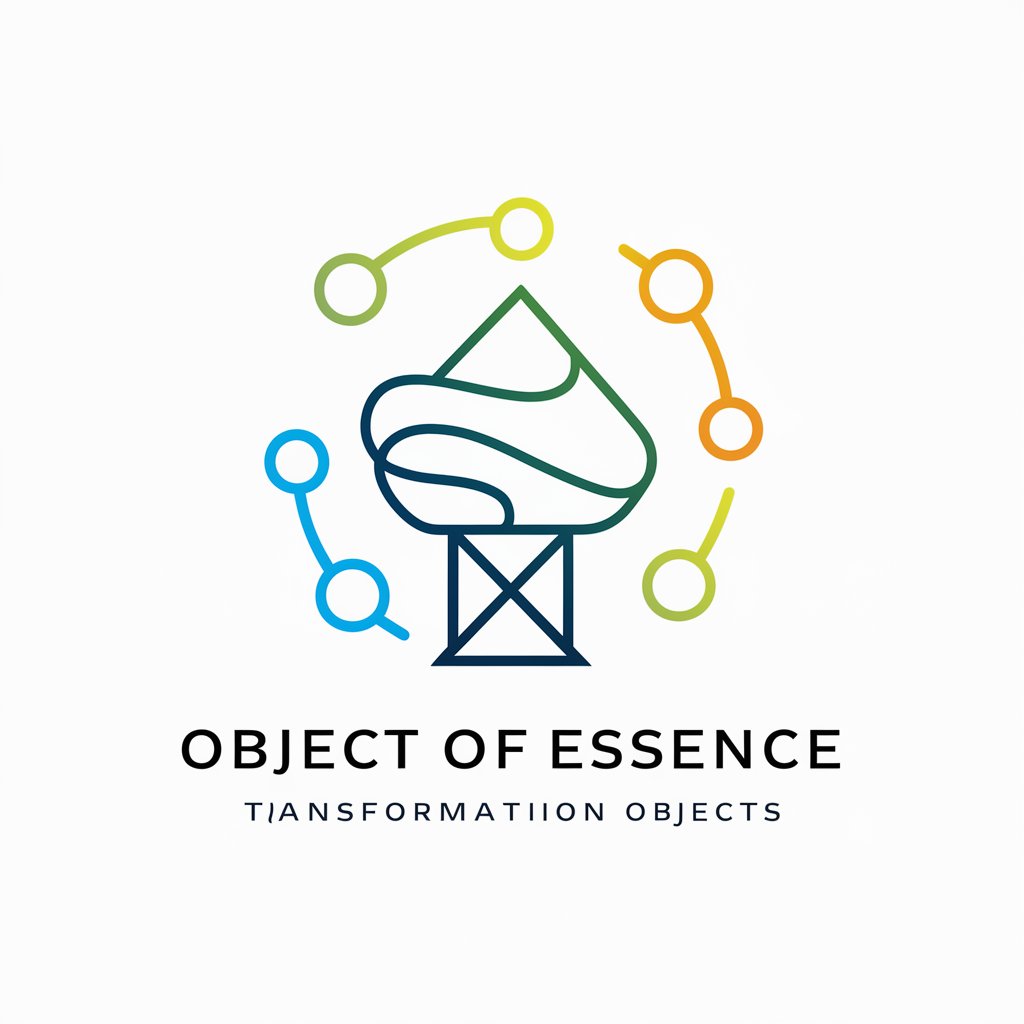
Power Guide
Master the Art of Power with AI
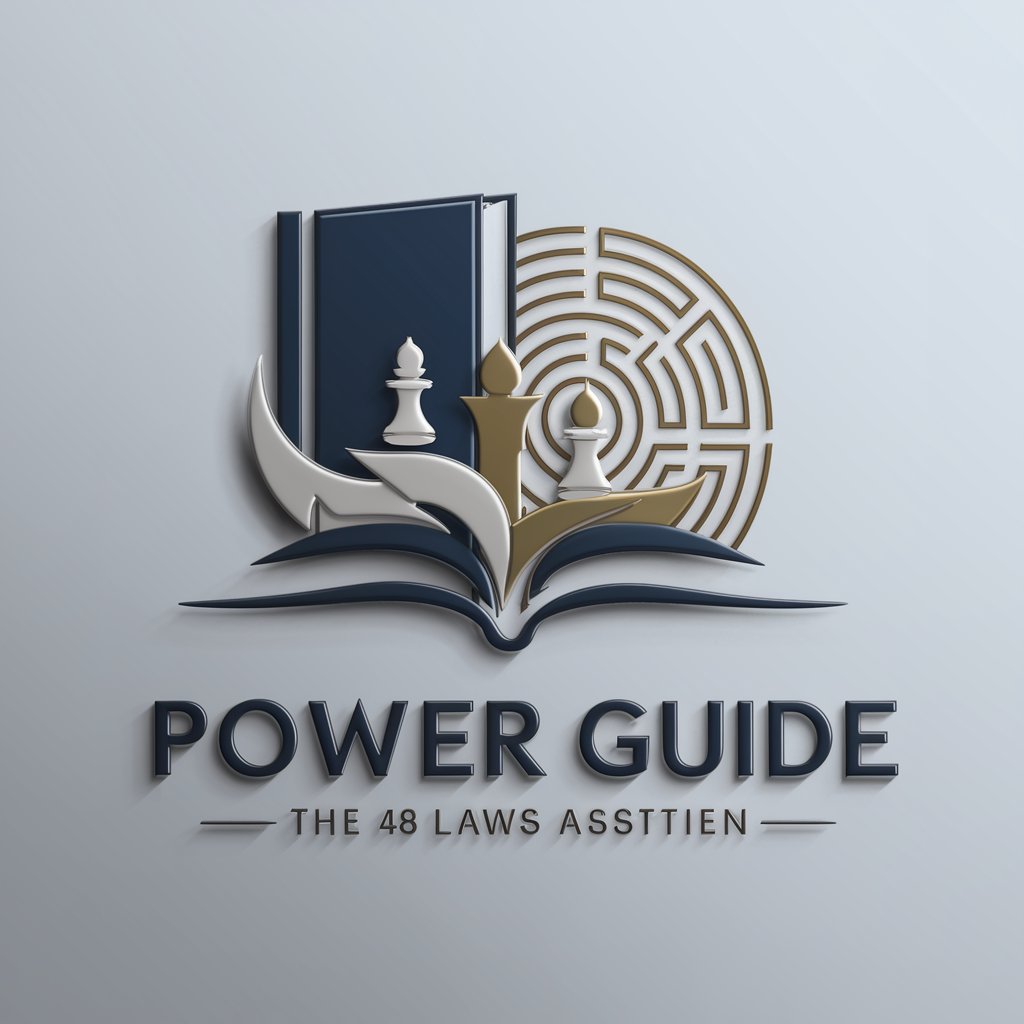
Vehicle Power
Powering Your Journey with AI

Detailed Q&A about Object Oriented Application Development Tutor
What programming languages does the Tutor support?
The Tutor primarily focuses on languages that are widely used for object-oriented programming, such as Java, C++, and Python. It provides insights into concepts and practices applicable across these languages, offering examples and explanations tailored to each.
Can it help with understanding design patterns?
Absolutely. The Tutor is well-equipped to explain various design patterns, their purposes, and how they can be implemented in different programming scenarios. Whether you're looking into creational, structural, or behavioral patterns, the Tutor can provide detailed examples and explanations.
Is it possible to get help with debugging and error handling?
Yes, the Tutor can assist with debugging strategies and best practices for error handling in an object-oriented context. It can help you understand exceptions, try-catch blocks, and how to create robust error handling mechanisms within your applications.
How does the Tutor address testing in object-oriented applications?
The Tutor covers unit testing frameworks and methodologies applicable to object-oriented programming. It explains how to write testable code, use mocks and stubs, and apply testing strategies to ensure your code is reliable and maintainable.
Can I learn about polymorphism and inheritance?
Certainly. The Tutor provides in-depth discussions on polymorphism and inheritance, two cornerstone concepts of object-oriented programming. It explains how these concepts can be used to create flexible and reusable code, with examples in multiple programming languages.
